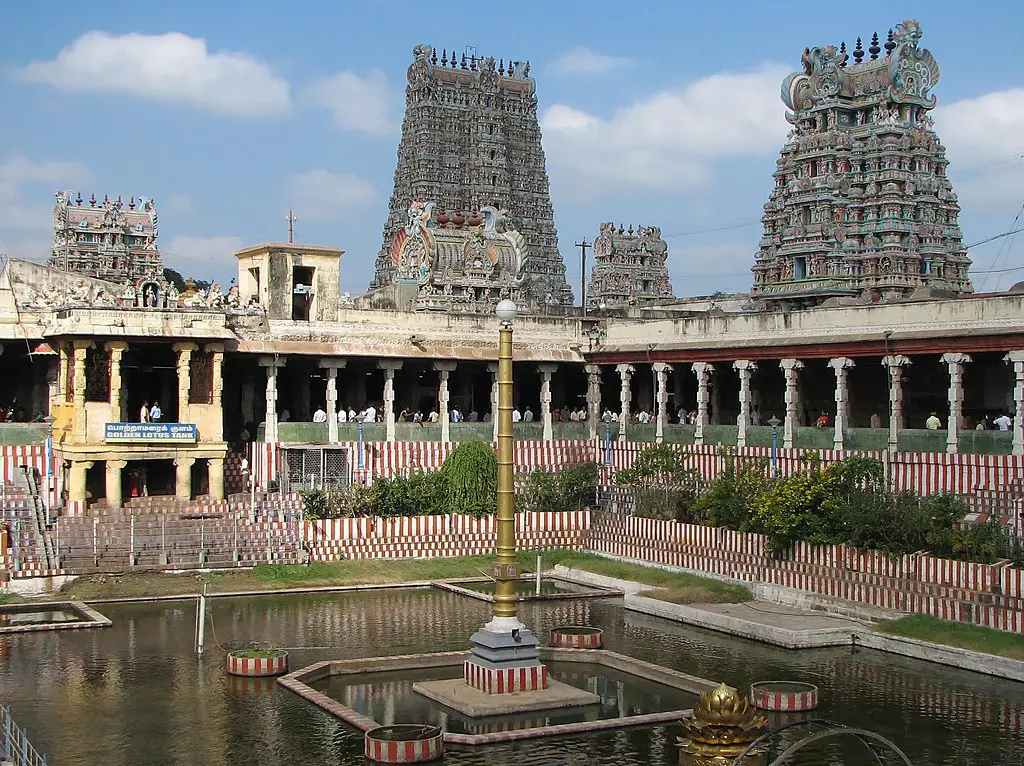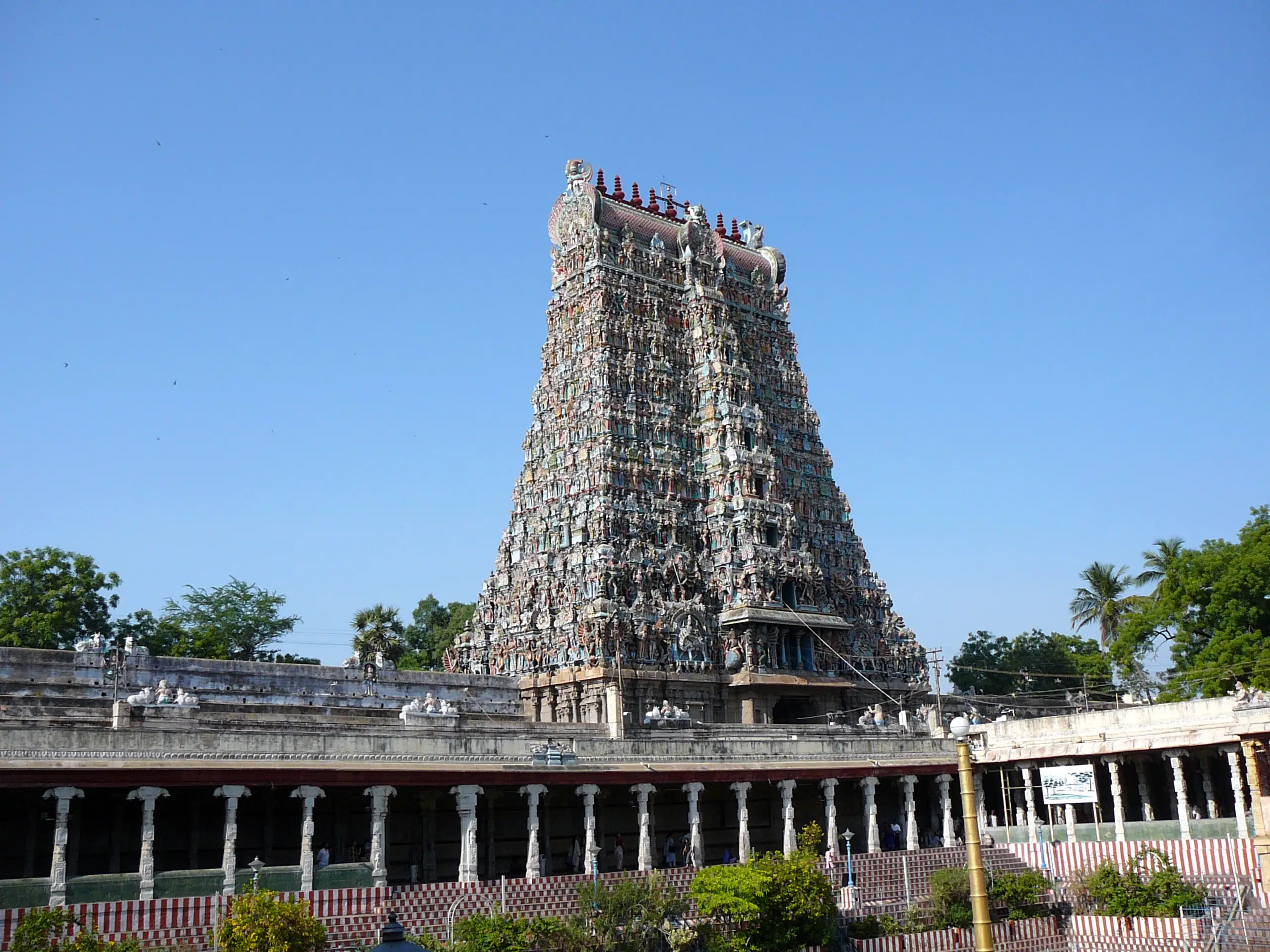Travel is not just a means of transportation; it holds deeper symbolism and meaning. It is a metaphor for personal growth, exploration, and transformation. Throughout history, travel has been associated with ancient symbols that represent a journey of the soul. Whether it is the quest for knowledge, the desire to explore new cultures, or the yearning for spiritual enlightenment, travel carries profound significance.
As humans, we have always sought meaning and purpose in our journeys. The act of traveling represents more than just physical movement; it represents the longing for self-discovery, the exploration of new horizons, and the uncovering of hidden truths. Travel is a symbol of the traveler’s curiosity, wanderlust, and desire to break free from the constraints of everyday life.
Key Takeaways:
- Travel is more than just a means of transportation; it carries deeper symbolism and meaning.
- The symbol of the traveler represents curiosity, wanderlust, and the desire for self-discovery.
- Ancient symbols of travel hold cultural and spiritual significance, such as the labyrinth and compass.
- Travel is not only a physical act but also a metaphor for personal transformation and psychological exploration.
- By understanding the symbolism of travel, we can better appreciate its profound impact on our lives.
The Symbol of the Traveler: A Journey of Self-Discovery
The traveler has long been seen as a symbol of curiosity, wanderlust, and the desire for self-discovery. Embarking on a journey represents a deeper longing for new experiences, personal growth, and a desire to break free from the constraints of everyday life. The traveler symbolizes the exploration of both external landscapes and internal landscapes, delving into the depths of one’s own soul and uncovering hidden truths.
Just as the traveler ventures into unknown territories, they also embark on an inner quest, seeking to understand themselves and their place in the world. This symbolic journey of self-discovery is often fueled by wanderlust, a deep longing to explore the unknown and experience different cultures. It represents a desire to broaden one’s horizons, challenge preconceived notions, and embrace the transformative power of travel.
As the traveler embarks on their exploratory journey, they are confronted with a multitude of experiences and encounters that shape their understanding of the world and themselves. From breathtaking landscapes and awe-inspiring architecture to meaningful connections with people from different walks of life, each moment becomes a stepping stone towards self-realisation. Through these experiences, the traveler gains a deeper understanding of their own strengths, weaknesses, and desires, leading to personal growth and transformation.

Ultimately, the symbol of the traveler represents the inherent human need for exploration, self-discovery, and growth. It serves as a reminder that the journey itself is just as important as the destination. Whether it is a physical journey to distant lands or an inner journey of self-reflection, the traveler symbolizes the pursuit of knowledge, experience, and a deeper understanding of oneself. Through embracing the symbol of the traveler, we can embark on our own transformative journeys, discovering new perspectives and unlocking the hidden potential within us.
Ancient Symbols of Travel: Cultural and Spiritual Significance
Throughout ancient civilizations, various symbols have been associated with travel, each carrying its own cultural and spiritual significance. These symbols serve as powerful reminders of the transformative power of travel, the lessons learned, and the spiritual connections made along the way.

Labyrinth: The Journey of Life
The labyrinth is one such symbol, deeply rooted in ancient cultures worldwide. Its intricate design represents the twists and turns of life’s journey, leading to self-discovery and enlightenment. Walking a labyrinth is seen as a meditative practice, allowing travelers to find balance, introspection, and connection to a higher power.
Compass: Guidance and Direction
Another symbol associated with travel is the compass. It represents not only the physical navigation of unfamiliar territories but also the inner compass that guides one’s choices and decisions. The compass serves as a reminder to travelers to always stay true to their values and beliefs, providing a sense of direction and purpose on both physical and metaphorical journeys.
Other Ancient Symbols
Ancient cultures also used other symbols to represent travel and its significance. The winged sandals of Hermes in Greek mythology symbolize the swiftness and agility of the traveler. The travel bag, such as the bindle carried by the nomadic hobo, represents the freedom and simplicity of a life on the road. These symbols not only reflect the cultural beliefs and values of their respective civilizations but also evoke a sense of awe and wonder in the modern traveler.
| Ancient Symbol | Cultural Significance | Spiritual Significance |
|---|---|---|
| Labyrinth | The journey of life, self-discovery | Meditation, connection to higher power |
| Compass | Guidance, direction | Inner compass, staying true to one’s values |
| Winged Sandals | Swiftness, agility | Symbolic of the traveler’s journey |
| Travel Bag | Freedom, simplicity | Embracing a life on the road |
These ancient symbols of travel continue to resonate with modern-day travelers, reminding us of the cultural and spiritual significance that accompanies our journeys. They invite us to reflect on our own paths, seek personal transformation, and forge connections with the world around us.
Travel as a Metaphor: Psychological and Mythical Symbolism
Travel goes beyond mere physical movement; it serves as a powerful metaphor for personal transformation and growth. It encompasses the inner journey of self-discovery, the pursuit of spiritual enlightenment, and the exploration of the depths of our consciousness. The transformative power of travel lies in the profound experiences and encounters that challenge our beliefs, expand our perspectives, and enable us to embrace new ways of being.
From a psychological standpoint, travel symbolizes the exploration of our unconscious mind. As we venture into unfamiliar territories, we tap into our innermost thoughts, desires, and emotions. This process brings forth inspiration, enhances creativity, and facilitates healing, allowing us to gain a deeper understanding of ourselves and our place in the world.
In the realm of mythology, travel is often portrayed as a heroic quest. The traveler sets out on an adventurous journey, overcoming obstacles and facing mythical beings along the way. This mythic symbolism of travel reflects the inherent challenges and trials we encounter in our own lives. By embarking on these journeys, we gain wisdom, courage, and resilience, ultimately returning home transformed.
Read More:
What is the symbolism of travel?
Travel represents personal growth, exploration, and transformation. It is a metaphor for the journey of the soul.
What does the symbol of the traveler represent?
The symbol of the traveler represents curiosity, wanderlust, and the desire for self-discovery. It signifies a longing for new experiences, personal growth, and breaking free from the constraints of everyday life.
Are there any ancient symbols associated with travel?
Yes, various symbols have been associated with travel throughout history. The labyrinth symbolizes the journey of life and self-discovery, while the compass represents guidance and direction in physical and metaphorical journeys.
How does travel serve as a metaphor for personal transformation?
Travel is not only a physical act but also represents the inner journey of self-discovery, personal growth, and spiritual enlightenment. It challenges our beliefs and perspectives, expands our consciousness, and allows us to embrace new ways of being.
What is the transformative power of travel?
The transformative power of travel lies in the experiences and encounters that inspire creativity, healing, and personal growth. It symbolizes the exploration of
the unconscious mind and often mirrors the heroic quest found in mythology, where the traveler overcomes challenges and returns with newfound wisdom.






